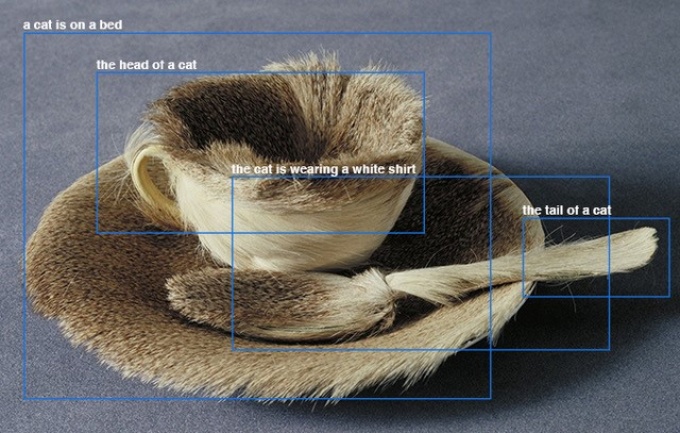MS in Media Arts and Sciences

The Treachery of Machine Learning / Ceci n'est pas un objet (Mark Shepard, 2020)
The Master of Science in Media Arts and Sciences (MS) program is ideal for students who wish to explore the intersection of the quantitative procedures of STEM fields (Science, Technology, Engineering and Math) and the qualitative practices of art and design.
On this page:
Career Opportunities
MAS combines design thinking with engineering procedures to address challenges that span multiple problem domains. For example, students in the program learn how to address problems like applying concepts and techniques from artificial intelligence (AI) to the design of interfaces for wearable devices that speak intuitively to people across generations and cultures, or identifying bias in machine learning algorithms and datasets and understanding their ethical implications when applied to the design of socio-technical systems for the public domain. This program will uniquely prepare students for cross-disciplinary research and professional activities. Graduates will be well suited for positions in design, usability, and “user-facing” engineering as well as the increasingly prevalent number of computational- and media-focused Ph.D. programs emphasizing a combination of theoretical inquiry and practical application.
Learning Environment
MAS offers students with a BS degree an intense three or four semester exposure to fundamental concepts and techniques underlying state-of-the-art media practices. Multiple pathways through the program will allow students to create a customized combination of STEM courses together with courses in the theory and practice of the media arts. The program includes a combination of 36 credits in media theory, media culture, media production, and computer science, with electives in bioinformatics/biostatistics, biology, computer science, geography, mathematics, and electrical engineering. Students select electives commensurate with their interests, background, and experience. Students ultimately embark on writing an MS Thesis or a producing a research project (or some combination thereof) under faculty guidance in areas such as Gaming; Mobile, Social and Computational Media; Virtual Reality; Bio Art; and Interaction Design.
Program Requirements
- DMS 550 Physical Computing
- DMS 551 Networked Media
- DMS 570 Media Theory
- CSE 503 Computer Science for Non-Majors I
- DMS 605 Computational Media
Students will take one course in DMS or ART to give them additional breadth and depth of knowledge in preparation for the student’s project or thesis.
Students will take four courses in STEM outside of DMS, in a STEM department, which will help them advance toward their thesis or project.
Generally in the student’s final semester, the student will take six credits of project guidance, thesis guidance or some combination thereof.
Learn more about our Graduate Programs
For more information about Media Study Graduate programs, email mediastudy-grad@buffalo.edu
